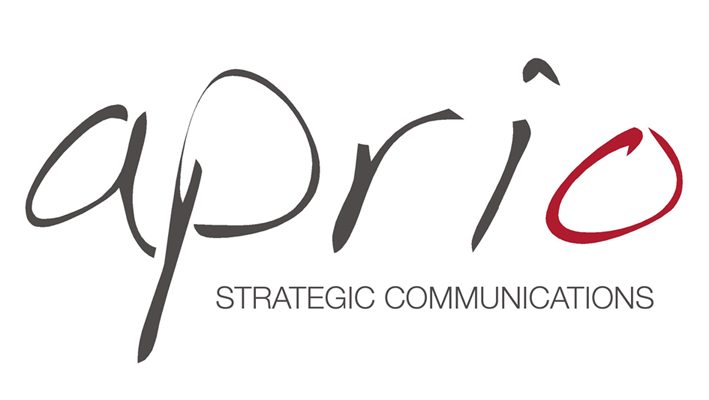Content marketing is now a $44 billion industry. And with businesses planning to increase their budgets toward search engine optimization (SEO) by up to 44% this year, PR professionals must be savvy in digital communications tactics in order to remain in the game.
At a minimum, every PR pro should know the following seven SEO basics:
1) Build strong links. When another website links to your own site, Google awards you with “SEO points” for being a place that someone else found interesting, helpful or relevant. The more popular the site that links to you, the better.
So how can you aim to get more link-backs? Look at what you’re probably already doing a lot of: Pitching the media and blogging. News outlets naturally draw high traffic online. If you secure an opportunity for a client in, say, The New York Times, make sure that client’s name is hyperlinked in the story. Help your client launch and maintain a keyword-rich blog, and pitch them as guest contributors for high-traffic sites.
2) Understand meta text. The titles, descriptions and keywords written into each page of a client’s website hugely impact that site’s organic SEO strength. Titles are by far the most important piece of meta text, followed by descriptions. Search engine results often display only the first 150 characters of description text, so help your clients draft succinct, keyword-rich information to describe themselves within the space that Google allows.
3) Avoid common mistakes when measuring search rank. PR is all about measuring the before-and-after of a campaign. As an SEO consultant, record where your clients rank in their respective industries before you start a project, and continue to monitor how they climb in search results for those same keywords as your recommendations are implemented.
One of the most common mistakes people make can be avoided with a few clicks. When searching terms to determine where your client ranks, make sure you’re logged out of your Google account. If you use Gmail for work and must be logged in, search under Google’s “Hide private results” option, which has the graphic of a globe (see below). By default, your setting is on “Private results” (the graphic of a person), which takes into account your personal search history. Assuming you visit your clients’ websites quite often, “Private results” will cloud those sites’ true rankings, giving you biased data.
4) Know what works—and what doesn’t—on social media. Social signals are increasingly important to ranking. But don’t expect social media to work miracles on its own; creating a Facebook page or Twitter handle won’t really affect SEO unless quality content is being shared on those platforms. Likes, retweets, shares, comments and +1s all send Google cues that your content is relevant, and thus should be ranked higher.
5) Use photos to tell your story. Web users love images. It’s no surprise that visual tools like Pinterest, Instagram, Vine and Tumblr have taken off in recent years. In fact, Pinterest now drives more traffic than Google+, YouTube and LinkedIn combined, and last year the site beat out Twitter in referral traffic.
In addition to scanning the text written into websites and press releases, search engines also index images. Make sure the alt tags used to title your clients’ image files (usually .jpg or .png) include the same keywords—both brand name and industry term—that you’d write into a press release or blog entry.
6) Keep the Google bots happy. It’s tempting to include every keyword you (or your client) would ever want to rank for, but Google will punish you for it. “Keyword stuffing”—the overuse or repetition of keywords and phrases—can cause Google to flag your site as spam, resulting in a lower search ranking that’s harder to escape.
To avoid being the PR pro who placed your client on Google’s blacklist, do what you do best: Write like a human, not an SEO machine. Don’t force keywords if they don’t fit naturally in the text. And present information online the way search engines like to read it—broken down by topic into multiple pages. Google bots are professional organizers, so a site formatted like a well-kept filing cabinet is one they’ll award with stronger SEO
7) Let search engines spill their secrets. There are two ways to easily find the top-searched keywords in your client’s industry: Google’s Keyword Planner and Google’s guessing feature, which you’ll see every time you type terms into the search bar. Use these tools to create a “keyword bible” that you reference while copywriting, making sure to incorporate popular terms in PR and social media materials. Using the guessing feature, find the questions your client’s prospects are asking online and look for media opportunities to answer those questions.

ReplyDeleteHello,
we provide affordable and result-oriented SEO services, please give a chance to serve you.
Thanks
Admin: E07.net